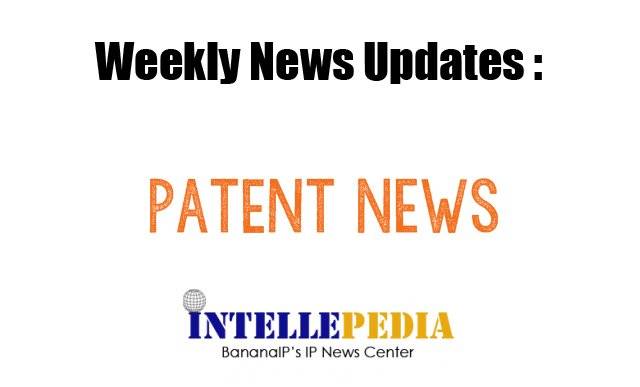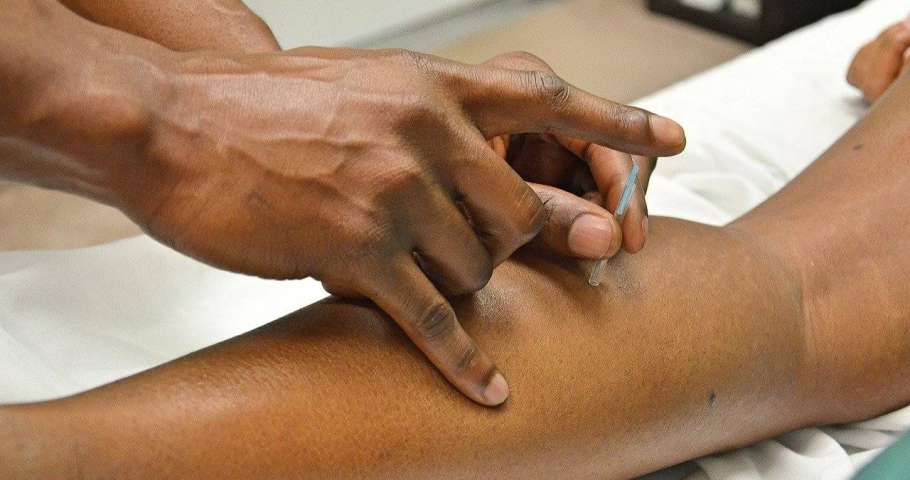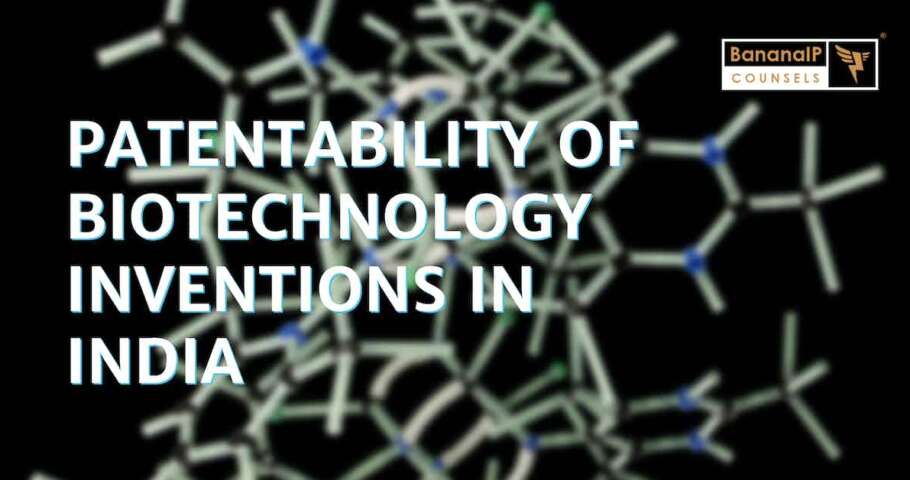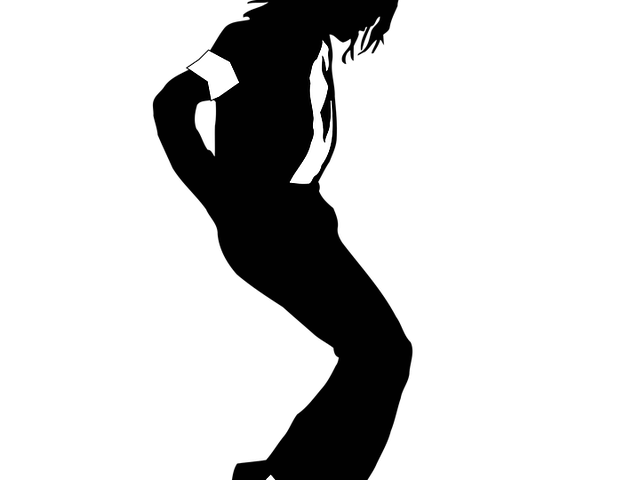“Patent News Bulletin: Indian Patent Statistics, Indian Industrial Design Statistics, Interesting Inventions, Global Innovation Index (GII) to be launched on 24th July, 2019 in New Delhi, CII’s is all set to take an exclusive IP delegation to Japan, in the month of August, The Office of CGPDTM and GI, India published the Annual Report for the year 2017-2018 and other news updates”, presented to you by the Patent attorneys and experts of BananaIP Counsels, India’s leading Patent Firm.
Indian Patent…










